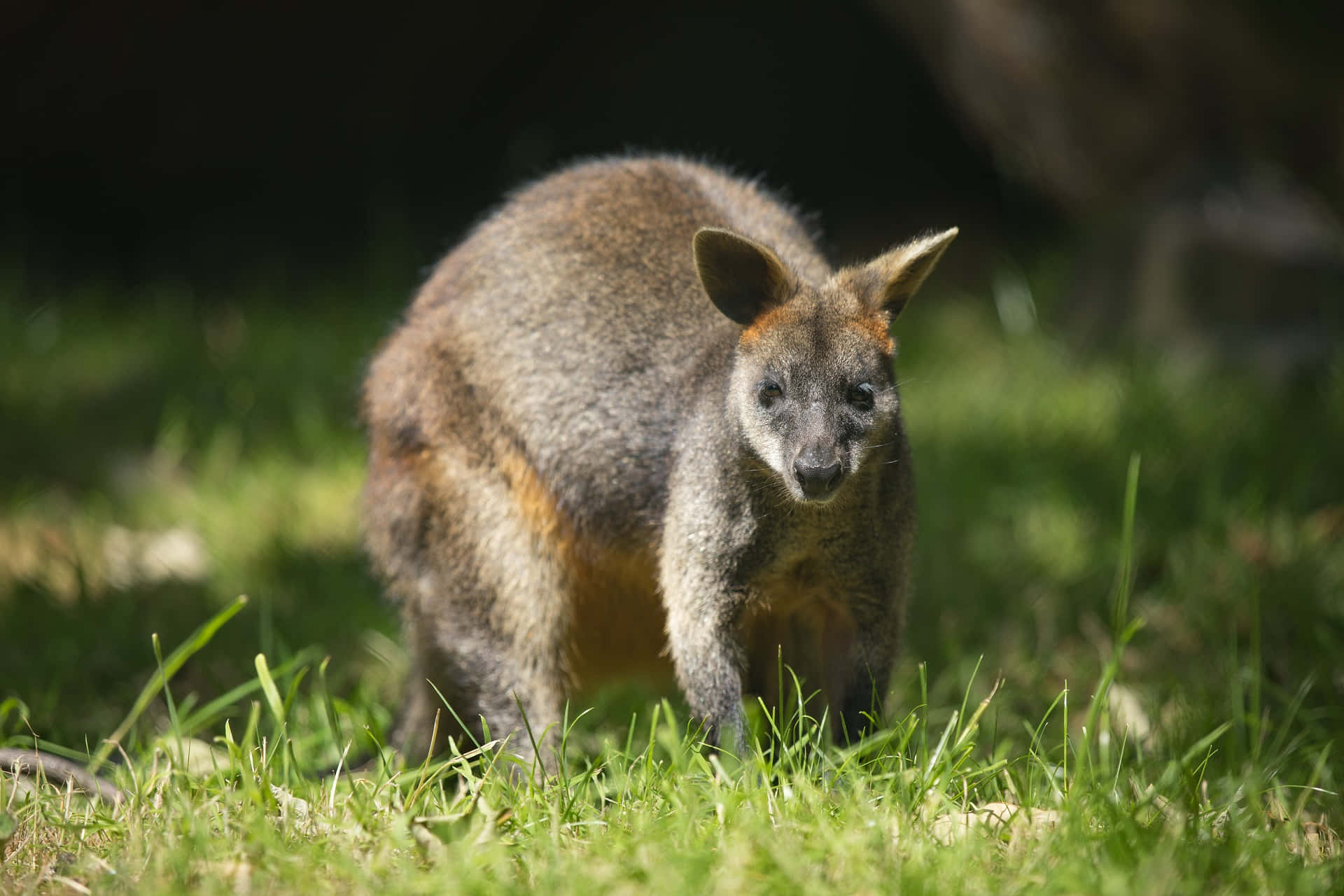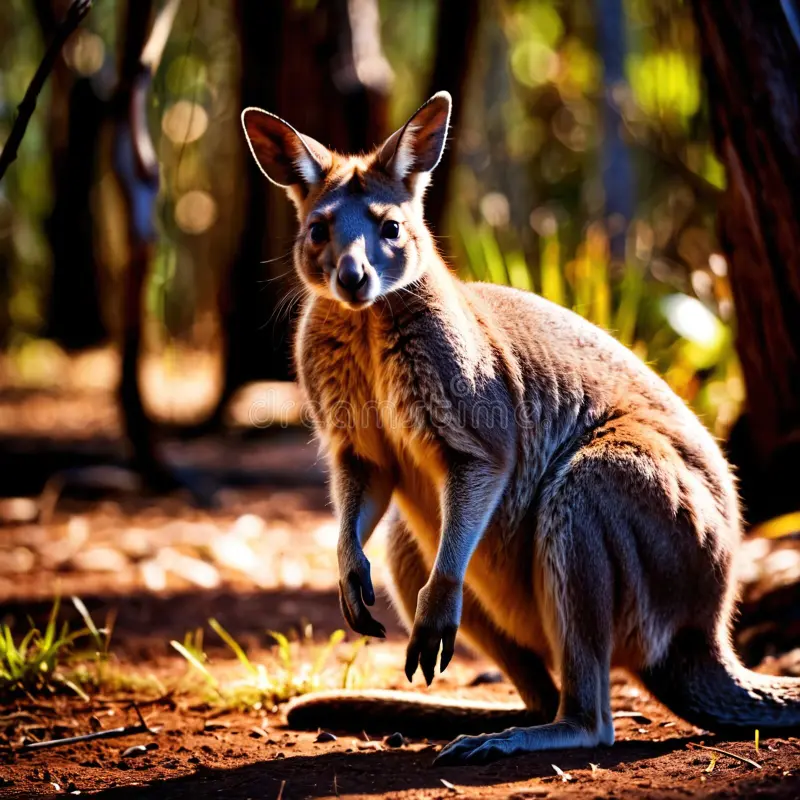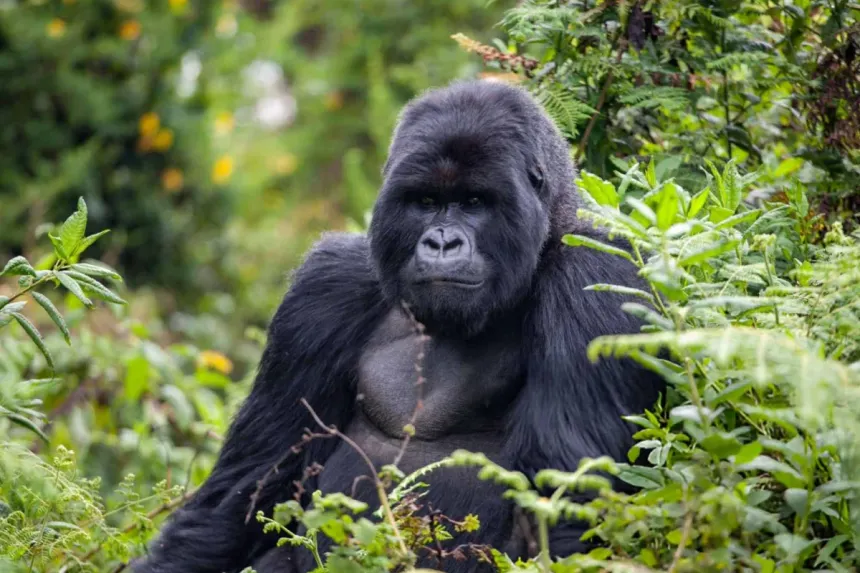Wallabies: The Small Marvels of the Australian Wild

Often mistaken for small kangaroos, wallabies are fascinating marsupials native to Australia and nearby islands. Though closely related to kangaroos, wallabies are a distinct group of animals, usually smaller in size and adapted to more rugged or forested environments.
🌿 Where Do Wallabies Live?
Wallabies can be found in a wide range of habitats—from coastal forests and rocky hillsides to grasslands and bushlands. Some species, like the rock-wallaby, are specially adapted to hop around steep cliffs and boulders with incredible agility.
🍼 Marsupial Life
Like kangaroos, wallabies are marsupials, meaning they carry and nurse their babies—called joeys—in a pouch. After birth, the tiny joey crawls into the pouch where it continues developing for several months.
🍃 What Do Wallabies Eat?
Wallabies are herbivores, feeding mostly on grasses, leaves, fruits, and roots. Their sharp incisors help them nibble vegetation with precision, and they play a role in maintaining the health of their ecosystem.
💥 Wallaby Superpowers: Fun Facts!
- 🦘 Jumping Experts: Wallabies can leap up to 10 feet (3 meters) in one bound, thanks to their powerful hind legs.
- 👀 Eyes on the Side: Their wide-set eyes give them a broad field of vision to spot predators in the wild.
- 🎨 Color Variants: Some wallabies, like the rare albino wallaby, have snowy-white fur and pink eyes.
- 👨👩👧👦 Solo or Social: Wallabies can be solitary or live in small groups called mobs.
- 🔄 Efficient Movers: Their long tails act like a fifth limb for balance and support during hopping or when standing upright.

⚠️ Threats and Conservation
Wallabies face threats from habitat destruction, road accidents, and invasive predators like foxes and cats. Several species, including some rock-wallabies, are considered endangered. Conservation programs aim to protect their habitats and control invasive species.
💚 Why Wallabies Matter
Wallabies are not just adorable—they’re essential to the ecosystems they inhabit. Their grazing patterns influence plant growth, and they serve as a food source for native predators. Preserving wallabies helps maintain biodiversity in some of the most unique habitats on Earth.



